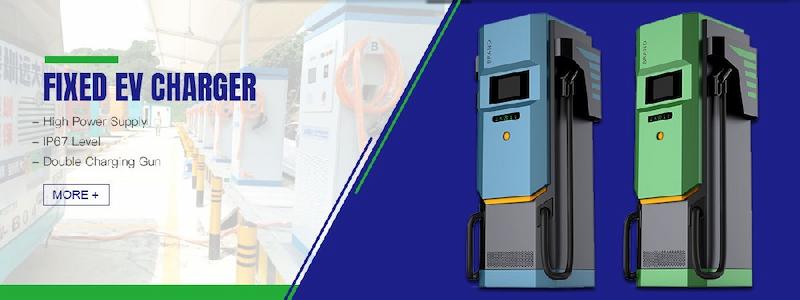(1) The two-stage method adopts the quick charging method combining constant current and constant voltage. First, charge to a predetermined voltage value by constant current, and then change to constant voltage to complete the rest of the charging. In general, the conversion voltage between the two stages is the constant voltage of the second stage.
(2) Three-stage charging method at the beginning and end of charging using constant current charging, with constant voltage charging in the middle. When the current decays to a predetermined value, the second stage is converted to the third stage. This method can reduce the gas output to a minimum, but as a quick charging method, it is limited.
The voltage of the charging power supply remains constant throughout the charging time, and the current decreases gradually as the terminal voltage of the battery increases. Compared with constant current charging method, its charging process is closer to the optimal charging curve. Fast charging with constant voltage, due to the initial charging battery electromotive force is low, charging current is very large, with the charging, the current will gradually reduce, therefore, only a simple control system.

This charging method has little electrolytic water and avoids battery overcharging. But in the early charging current is too large, the battery life has a great impact, and easy to make the battery plate bending, resulting in the battery scrap. Due to this shortcoming, constant voltage charging is rarely used, only when the charging power supply is low and the current is high. For example, when a car is running, the battery is charged at constant voltage.